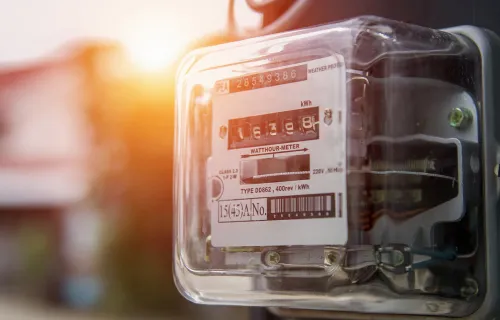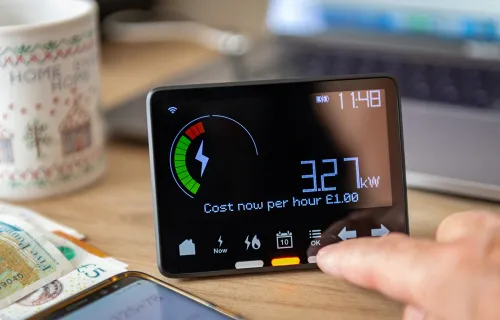I recently visited the old Philips industrial complex in Eindhoven in the Netherlands. It’s where I was invited as a student, along with a group of other young engineers, for a demonstration of the compact disc (CD) player. Phillips had just launched the device and wanted to showcase the innovation. The CD, we were told, could initially not even store the amount of data required for a 60-minute music record. Adding storage meant introducing reading errors and losing out on sound quality. In what seemed like a counterintuitive move at the time, the engineers decided to not just increase storage a little, but to double it. This allowed for the invention of an advanced error correction mechanism that ensured the sound quality was not impacted. The CD-ROM would ultimately store up to 700 MB of data—a groundbreaking innovation, often credited with sparking the digital revolution.
Data is fuelling the future
With the energy transition underway, there is a similar bold “rethink” taking place in the way energy companies view solutions, particularly around managing data. There are a number of reasons for this. Data volumes have increased tremendously in just a few years. An estimated 273 million smart meters are expected to be rolled out by 2023; this alone is expected to drive up data volumes by as much as 10,000 times. Simultaneously, the timelines for making this data available have become much shorter. Advanced central market solutions, like the one developed by CGI for Fingrid Datahub Oy, are helping to simplify, speed up and enhance the efficiency of data exchange. However, there is still ground to be covered before the near real-time data requirements of distributed energy resources, balancing and consumer access are met. The frequency of data production by smart devices and sensors is another game changer with data now being generated on a daily basis, compared to annually, and the transition to more frequent reporting already underway.
Today, countless devices are being connected to the grid and data sharing is not only encouraged, it is necessary. The 2018 CGI Client Global Insights reveal that harnessing the power of data analytics (87%) is a top business priority for the utilities executives we interviewed. The same percentage of executives cite data and predictive analytics as a key innovation investment area over the next three years. In fact, across the value chain, utilities view data as the new “digital capital” and a key driver of change and differentiation.
Strategies to unlock the value of data
To meet the challenges of the evolving data landscape and the urgent need to ensure seamless data exchanges in the energy market requires an ecosystem approach and innovative (disruptive) ways of approaching the task at hand. Here are three strategies to get started:
- Reassess your current role in the market - With new market dynamics, traditional roles are changing; as a consequence, so are the needs and uses of data associated with each role. For example, in Denmark, the move to a supplier-centric model is diminishing the importance of the network operator in relation to the consumer. Now suppliers and third parties will be responsible for customer communication, including billing. This means that when it comes to managing consumer metering data, the network operator will now become more of a “pass-through” data processor rather than a data services provider.
- Review current systems and move to new scale – Changing roles require reassessing current IT support systems such as central market solutions that facilitate the exchange of data. To embrace the digital transition and become more customer-centric, utilities must ensure that they are not weighed down by large, old and complex traditional systems that cannot adapt to change or support agile ways of working, collaboration or data security.
- Look at what is happening elsewhere – Taking an ecosystem “outside-in” approach to innovation is key to accelerate change. Consider what new start-ups are working on, the emerging technologies available and what is happening in other industries. For instance, the manufacturing and financial sectors have been handling huge volumes of near real-time data for years and can provide many learnings for the utilities industry. Blockchain and NoSQL are new technologies with immense potential, while cloud can provide the scalability required.
The energy transition is driving the need for change, not just in the roles of the various market players, but also the scale of data requirements. Going back to the example of Philips, the company divested itself from its founding product, the light bulb, transforming into a market leader in manufacturing medical equipment. Perhaps it is time now for utilities to use the energy transition as a driver to reinvent themselves and secure their future in an increasingly digital energy world.





